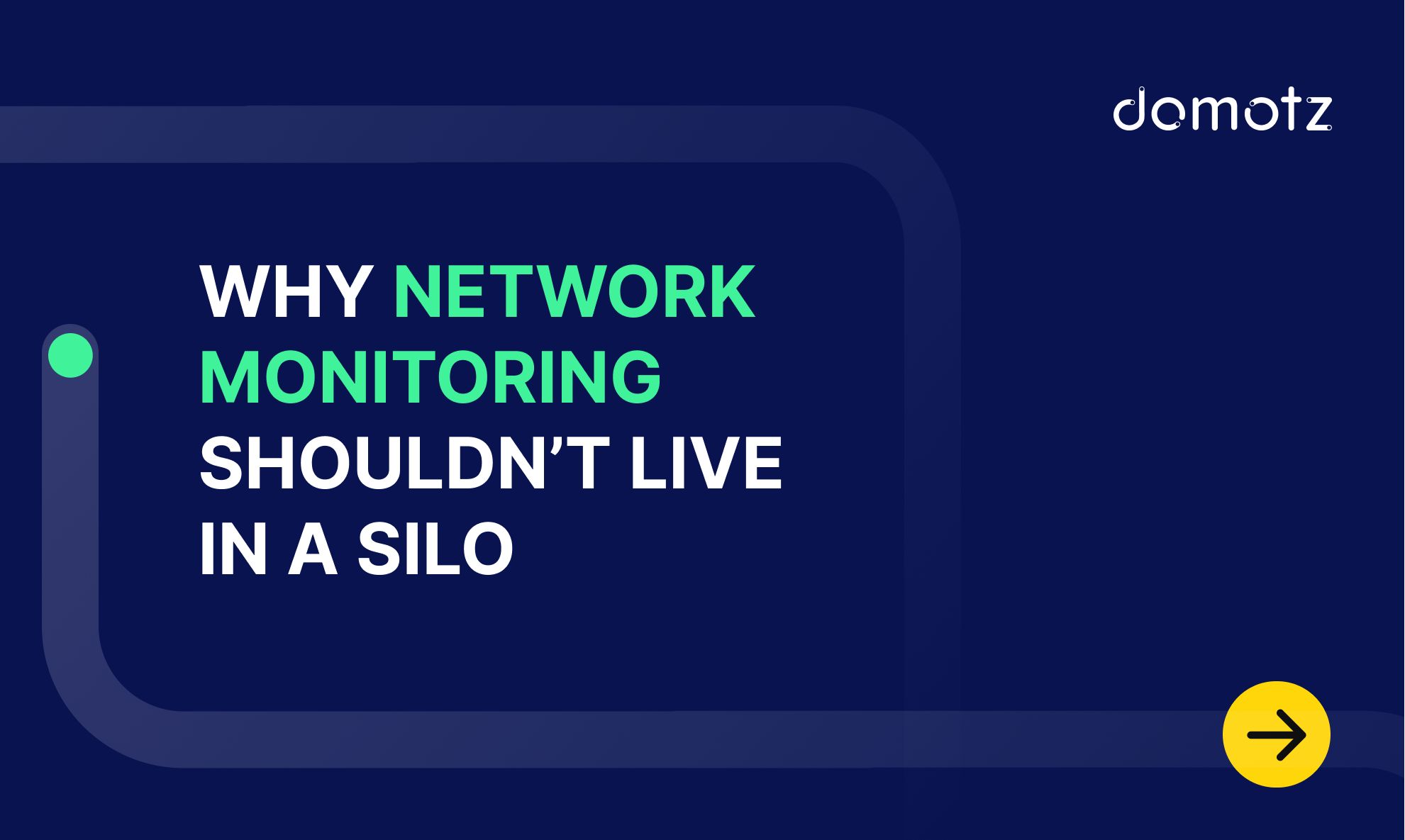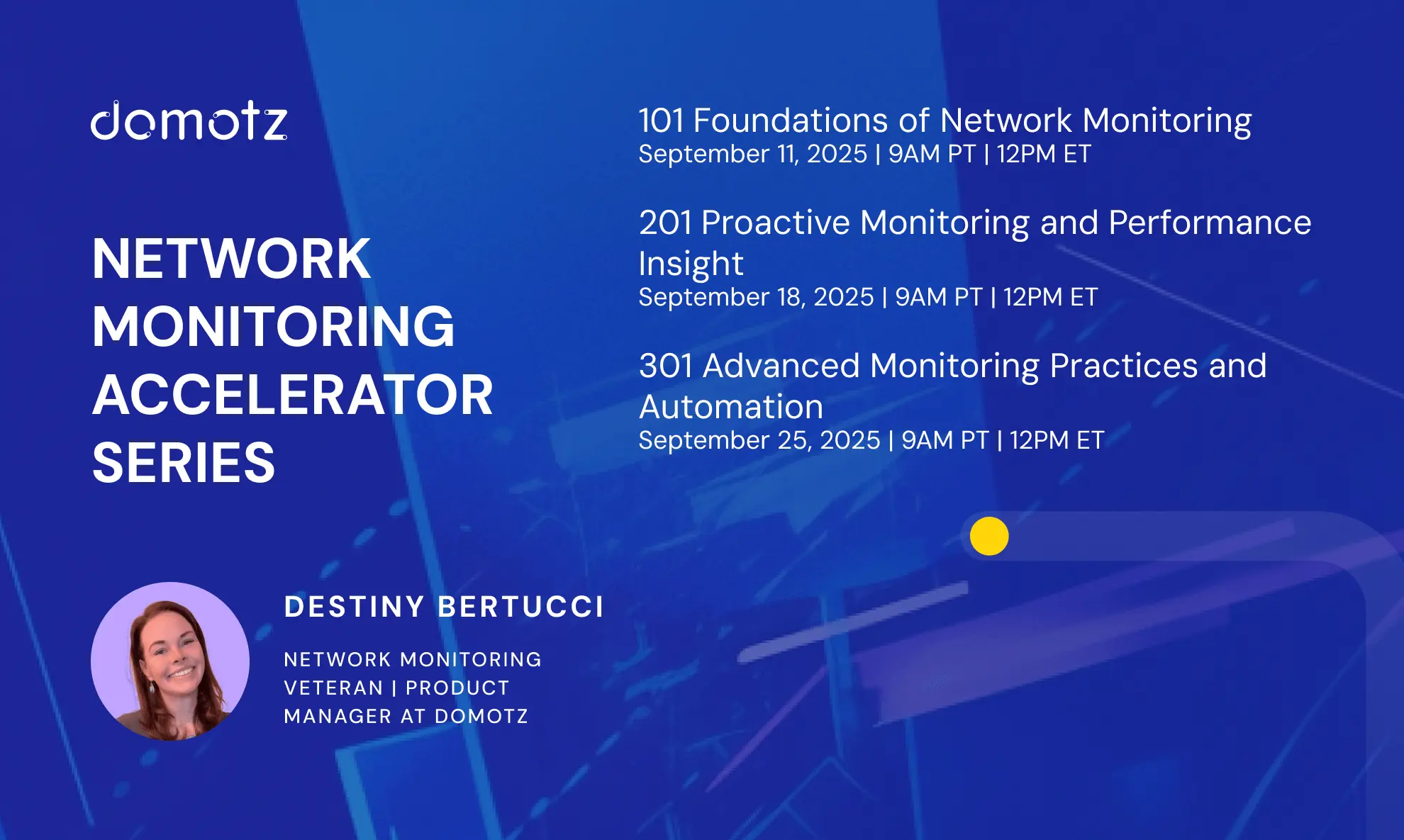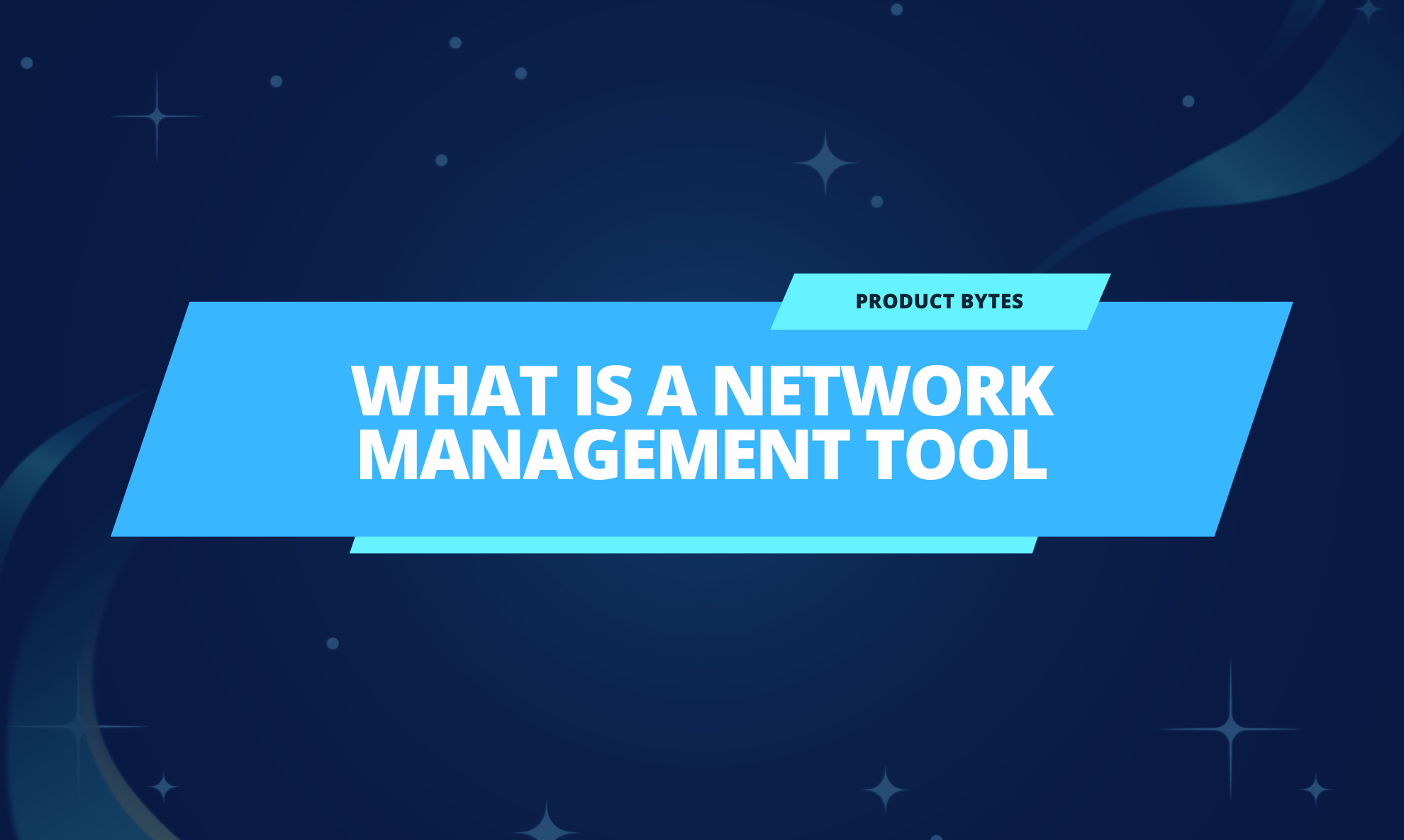Given the slew of high-profile cyber security breaches that have taken place in recent years, Managed Service Providers (MSPs) and IT Professionals may find it challenging to stay informed about cybersecurity. The threat landscape is constantly changing and adapting, and so should your defense strategies. But where do you go for up-to-date information and insight?
In this article, we’ll explore the latest trends in cybersecurity and look at the best resources to keep you updated.
Top 5 Cybersecurity Trends in 2024
Here are the key cybersecurity trends shaping 2024 and heading into 2025. These developments will impact how MSPs protect their clients.
#1. Ransomware-as-a-Service (RaaS)
Yes, you read that right. Ransomware-as-a-Service is thriving. RaaS allows non-technical criminals to use ransomware by “renting” it from skilled developers. Cybercriminals continue to “rent” ransomware kits on the dark web, lowering the entry barrier for attacks. To counter these proliferating threats, MSPs must focus on endpoint protection and regularly educate clients on the dangers of phishing.
One notable example is the LockBit ransomware, which spread via phishing and insider recruitment attempts. It was responsible for numerous attacks in 2023 and remains active. Affiliates carrying out the attacks often demand ransoms not just for decrypting files but also to prevent the release of sensitive data (double extortion). LockBit affiliates targeted sectors ranging from healthcare to government organizations.
#2. Cloud Security Threats and Misconfigurations
The shift to the cloud has been rapid, but it comes with new challenges, particularly in terms of security. Misconfigured cloud environments are one of the biggest risks for companies moving to cloud services. In the near future, cloud security will become even more critical as businesses of all sizes continue their digital transformation.
Example: A 2023 breach involved a well-known financial services company that suffered a massive data leak due to a misconfigured cloud database. Sensitive customer information was exposed, and the incident was traced back to a simple misconfiguration error that went unnoticed for months. As more organizations adopt cloud solutions, these types of incidents will become more frequent unless security practices are improved.
#3. AI Cyberattacks
Cybercriminals are using AI and machine learning to create smarter, more adaptive attacks. Alarmingly, these assaults can now be personalized for every recipient, making them harder to identify and counter.
This trend includes automated phishing, deepfake impersonations, and AI-generated malware. MSPs can stay ahead by adopting sophisticated AI-powered security tools for early threat detection.
Example: In 2023, a new form of AI-enhanced phishing attack was uncovered, where cybercriminals used AI to generate highly personalized phishing emails that mimic the writing style and tone of the target’s colleagues. These emails bypassed traditional filters and tricked even cautious employees into clicking malicious links. This trend is likely to intensify as AI technology improves.
#4. Supply Chain Attacks
Attacks on third-party vendors or service providers are rising. Hackers target suppliers to infiltrate larger networks and whole cohorts of clients. MSPs must ensure that they monitor their supply chain partners and enforce strict security measures.
Example: In 2023, the MOVEit file transfer software breach became a high-profile example of a supply chain attack. The Cl0p ransomware gang exploited vulnerabilities in MOVEit’s software, targeting major organizations like Shell, Johns Hopkins University, and the BBC.
This incident affected hundreds of companies worldwide. The attack illustrated the growing threat of supply chain attacks and the need for MSPs to perform vendor security assessments.
#5. Cybersecurity Regulation
Governments worldwide are introducing stricter data protection regulations. This includes GDPR-style laws focusing on data breaches, cybersecurity standards, and reporting. MSPs should ensure compliance to avoid fines for data loss and preserve client trust.
Example: In 2023, India introduced the Digital Personal Data Protection Act (DPDP), a landmark regulation designed to tighten controls on data privacy. It requires businesses, including foreign companies operating in India, to follow strict data processing guidelines and report breaches within a specific time frame.
Non-compliance can result in fines of up to ₹250 crore ($30 million). This new law exemplifies the global trend towards more stringent cybersecurity and data protection regulation.
Where to Follow the Latest News on Cybersecurity?
Here are six popular online cybersecurity resources to keep up with the latest developments:
| Krebs on Security Brian Krebs is a leading cybersecurity journalist. His blog covers breaking news, newly exposed vulnerabilities, and ongoing cyberattacks. The content is in-depth and well-researched, often exposing significant breaches and hacker tactics before other outlets. | Reddit’s r/cybersecurity A highly active forum where professionals share news, strategies, and tools. This community-driven platform offers real-time discussions on cybersecurity incidents, emerging technologies, and industry best practices, making it a great place to ask pertinent questions. |
| Dark Reading A well-established cybersecurity site offering news, analysis, and reports on security risks. Dark Reading also hosts in-depth reports, white papers, and webinars on security threats. It’s a comprehensive resource for both current news and long-term trend analysis. | The Hacker News A popular blog offering timely updates on cyberattacks, malware, and vulnerabilities. It reports on current developments, provides technical breakdowns, and offers tips for securing systems against the latest threats. There are a series of webinars on the site, covering essential topics. |
| Threatpost A reliable resource for breaking cybersecurity insights on recent attacks. It covers a wide range of topics, including vulnerability disclosures, ransomware, malware threats, and expert opinions on mitigating cyber risks. There’s also a regular podcast and the Infosec Insiders community featuring insights. | Security Now If you prefer your cyber security news in audio format, this popular podcast has been running for almost 20 years. Hosts Leo Laporte and Steve Gibson have real kudos in the industry (Gibson even coined the term “spyware”) and take deep dives into topics including satellite risks, app encryption, and injection attacks. |
Bottom Line
As threats evolve… so must cyber security. Cybersecurity is more important than ever for MSPs.
By keeping up with the latest trends and following trusted cybersecurity resources, you’ll be better equipped to protect your clients.
In short… stay informed, adapt, and always be proactive.
Further reading:
- The Top Cyber Security Threats and Vulnerabilities in the IT Space
- Cybersecurity Awareness Month 2024 Events and Initiatives
- 5 Steps to Improve Your Network Security in Times of Uncertainty



